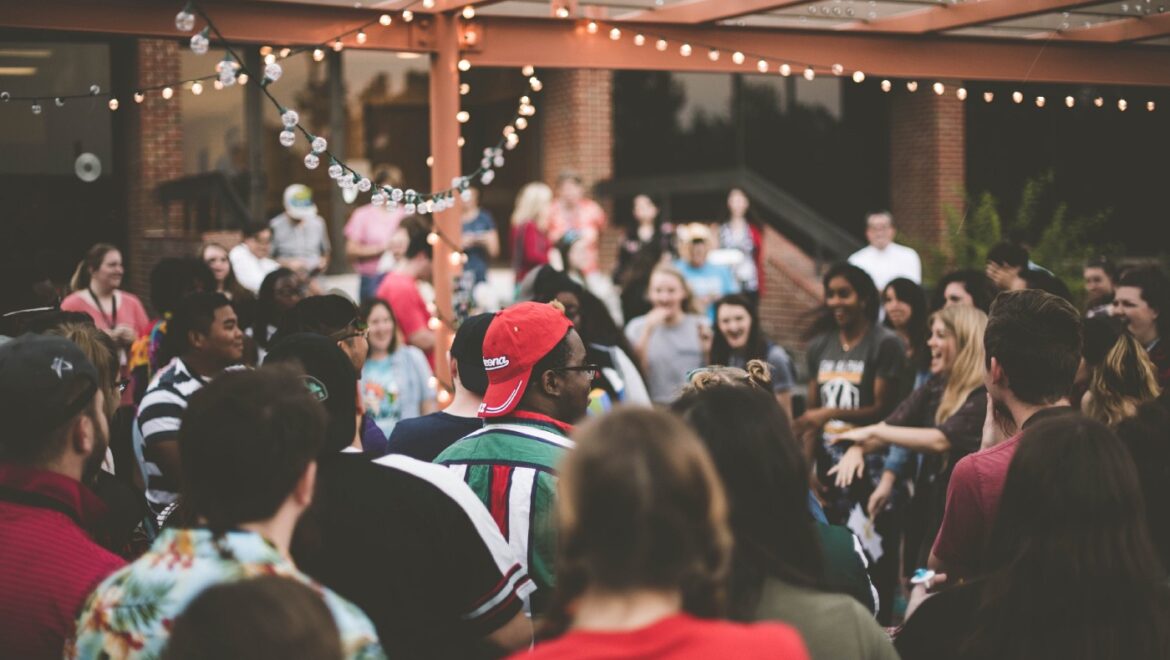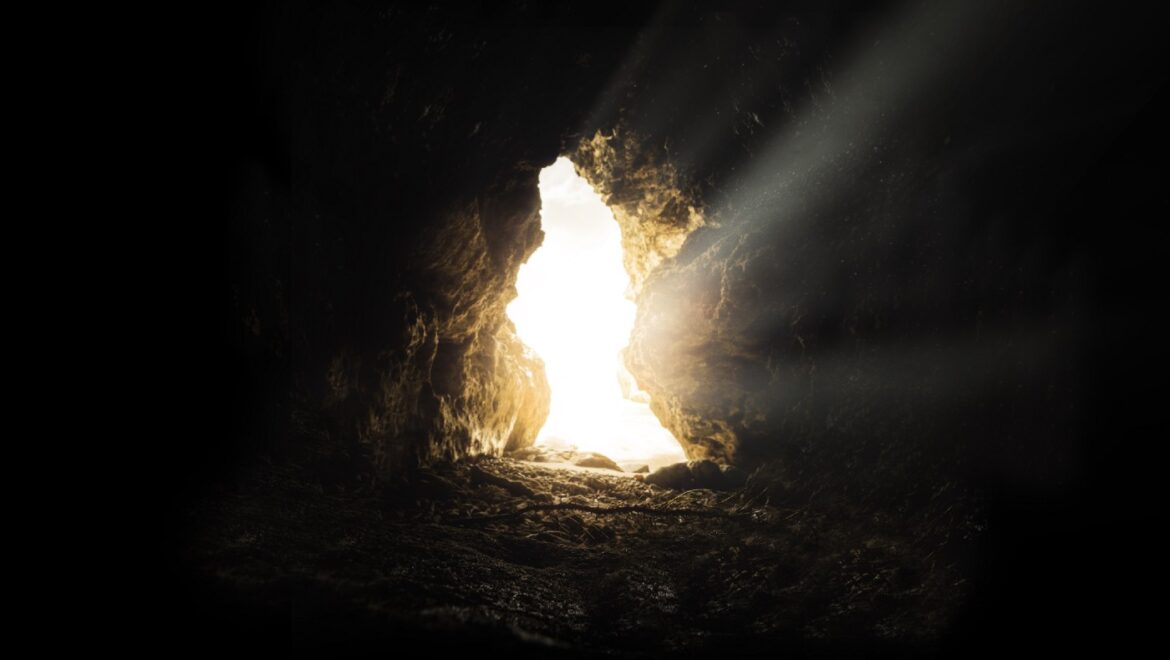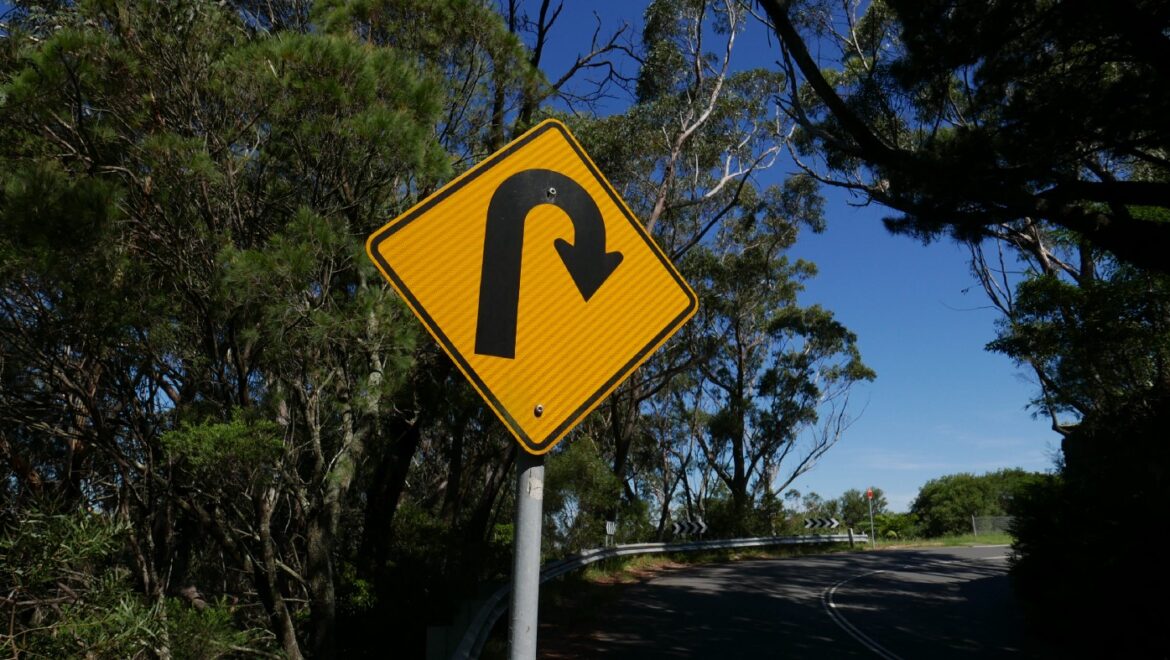3 Ways Mindfulness Helped Me Deal With COVID
My 40th high school reunion a few weeks ago yielded two things: 1. An article about letting go of old emotional baggage (link here), and 2. A case of COVID. Thank you Corona del Mar rowdy crew of 1982!
I’m double vaxxed and double boosted so I didn’t expect to end up in the ICU on a ventilator. But this was my first bout with COVID so I didn’t really know what to expect.
What did I do? I went straight to my mindfulness first aid kit where the following served me well.
1. NO ADDING SECONDARY PAIN TO THE PRIMARY PAIN
This one is big. Primary pain is when something adverse happens to us. Could be a broken arm. A relationship ending. Or getting COVID.
Secondary pain is what we add, unnecessarily, on top of the primary pain. So if you break your arm, it’s:
“Man, this hurts so much. The pain will never go away. And I’ll never be able to hold my child again. Or play golf. Maybe I should just end it all!!!”
Okay, that’s a bit melodramatic, but you get the drift.
If someone broke up with you, it would be,
“I’ll never meet another woman again. Why would anyone want to go out with me anyway? I’m worthless.”
The healthy way
The healthy response to the broken arm would be,
“Yikes, this hurts. I think I’ll take some ibuprofen and maybe even some pain pills. I don’t like the pain, but moaning about it does me no good. Onward.”
With the breakup, it’s,
“Yes, I’m crazy about her. Yes, this is tearing me up inside. But if she’s not into me, she’s not into me. Time to move on.”
The unhealthy way
The same principle holds for my COVID case. Adding secondary pain would have looked like,
“Oh, great. Now I have to sit in my office for a week, or God knows how long. Bored out of my mind. Feeling like crap. Not getting to see my kids or wife…or anybody. I won’t be able to work out which will make me depressed. Why me?”
The result of heaping all that poison on myself? I would have been in a terrible mood much of the time.
What did I do? None of that. I believed, correctly, that my case would be light. I’m in good health, got all my shots and saw that most people like me had no major problems.
I went right to,
“Okay, I’ve got COVID. Shouldn’t be terrible. I’ll have to hole up for a while. But I’ll catch up on some shows I’ve been meaning to watch. Rest a lot. And just take it as it comes.”
The good news for me is that it didn’t take a whole lot of discipline and will to summon this attitude. I just did it. Which tells me that all that meditating and mindfulness I’ve done these past several years has built a solid foundation and is paying off.
2. PATIENCE
Patience is one of the central planks of mindfulness. How? Think of it this way, the opposite of patience, impatience, is the antithesis of mindfulness.
When we’re impatient, we’re essentially saying,
“This moment I’m in sucks because…Bob is late picking me up. Or traffic is preventing me from getting home. Or the supermarket checkout line is moving slower than molasses.”
It’s about resisting the moments we’re in while we wait for better moments in the future. Mindfulness is about being in, and fully accepting, the moment in front of us.
How does this relate to my COVID case? I could have been uptight every moment of those days with thoughts of,
“I hope I test negative this morning. I’m not sure how many more days I can take of being cooped up all day.”
Again, this would have just made me edgy and irritable.
What did I do? I breathed deeply. Frequently. And just remained patient. I knew it wouldn’t get me well sooner if I got all uptight about it. So I had the attitude of,
“It’ll pass when it passes. I’m taking it easy and doing what I need to do. I have no control over when I’ll test negative.”
3. ACCEPTING WHAT IS, EXACTLY AS IT IS
This is another of the mindfulness pillars. Two of my favorite teachers, Eckhart Tolle and Adyashanti, frequently mention this idea.
It’s about total acceptance of the moment. Not rejecting or resisting anything whatsoever.
How did this manifest with my COVID case? If I had a coughing fit, I accepted it. I didn’t push back at all. I let whatever was happening, happen, not attempting to change a thing.
The coughing wasn’t even the most troublesome symptom for me. It was my energy. Some days, or parts of days, I felt fine. Others I felt drained and weak.
The old me would have resisted those lethargic periods. And tried to “push through” by, for example, working out on my bike.
Not now. The smarter, more evolved me stayed in the moment and accepted whatever I was feeling. When I felt especially energetic I did go for a bike workout. When I felt lackadaisical, I took it easy.
I’m convinced that this mindful approach to COVID made my experience far less unpleasant than it otherwise would have been.
The takeaway
But the main point of this piece doesn’t even relate to COVID. Sure, if you contract COVID I wholeheartedly suggest employing these three core underpinnings of mindfulness.
But my main point is that this stuff would work in ANY adverse situation you encounter. Cancer, divorce, getting fired, your kid flunking math…you name it.
The basics of mindfulness — not heaping secondary on top of primary pain, patience and accepting moments exactly as they are — are invaluable tools in helping us navigate life’s toughest times.










